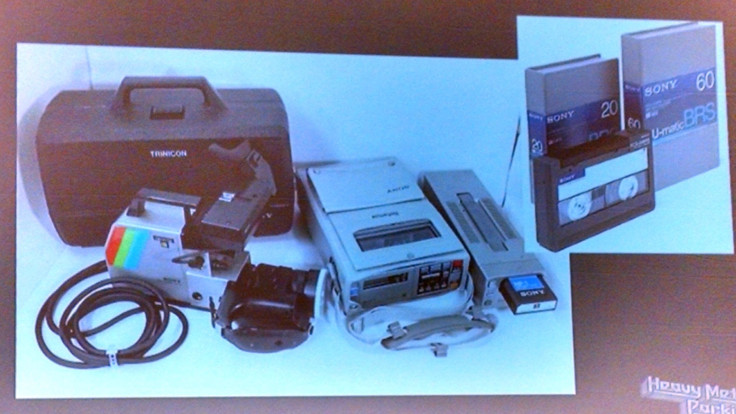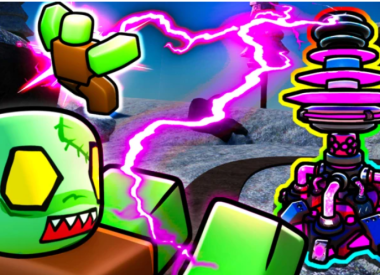In 1986 John Heyn came up with a simple and brilliant idea: go down to the parking lot of the Capital Centre arena in Landover, Maryland on a Saturday night and take video of all the tailgating concertgoers. When Heyn and director Jeff Krulik arrived they found themselves luckier than they could have possibly imagined. This wasn’t just any concert, this was Judas Priest, and their fans were young, dumb, drunk, stoned and loud. After a summer of editing Heavy Metal Parking Lot was born, becoming one of the most enduring cult classics (if it’s got a drinking game…) in rock and roll documentary history.
Now it’s 2016 and Heyn and Krulik are at SxSW celebrating the 30th anniversary of the movie that captured the spirit of a lost era. Prompted by director Todd Rohal (himself the subversive mastermind behind Catechism Cataclysm. I can’t wait to discover if his other movies are as twisted and wonderful), Heyn and Krulik recalled just what it was like capturing a generation of wastoids, metalheads and freaks at play in the heavy metal parking lot.
Been having a good time at SXSW. We've kicked off our 30th anniversary year Heavy Metal Parking Lot @HMPL30
— Jeff Krulik (@jeffkrulik) March 15, 2016
Perhaps the most remarkable element of Heavy Metal Parking Lot is that the Heavy Metal part was not by design. “ We just had a hunch that there’d be a colorful crowd in the parking lot of that culture,” Krulik said. “It was dumb luck that it was Judas Priest because we just zeroed in on the parking lot on that Saturday.”

Had it been, say, Huey Lewis and the News, or Bon Jovi, or Genesis, would a documentary that played on Nirvana’s tour bus have resulted? The Judas Priest fan is the essential ingredient (Priest is also at the center of the equally fascinating, but much darker documentary Dream Deceivers). Sure, rockers will always drink beer, run around shirtless, shoot “whiiioooooooo” and grow their hair long, but the heavy metal scenester is more likely to be outcast and oddball, profane and vulnerable.
If you’ve seen Heavy Metal Parking Lot and know its legendary figures—Zebra Man, Graham Like A Gram Of Dope, Joint Across America—it’s hard to imagine it ever not becoming a cult classic. Yet, it took years for Krulik and Heyn’s masterpiece to gain traction, enabled by the 1980s very slow version of Bittorrent: the tape swap.
Krulik said, “We didn’t have the budget to blow it up to celluloid so we ended up screening it just at clubs. We gave copies to video stores and record stores.”
Their boots on the ground efforts didn’t pay off for years, but Heavy Metal Parking Lot kept getting passed around. “This was pre-viral. It was analog tape trading. It would go tape to tape,” Krulik said. “There was a whole network of other videos that were difficult to see. So tape trading was the only way to see it.”
Since then Heavy Metal Parking Lot has grown into a rock legend (now defunct LA video store Mondo Video had something to do with it). “This was all by accident, not by design. It’s just really really neat that it managed to touch a chord,” Krulik said.
That’s an understatement. Heavy Metal Parking Lot has become a legend. The movie has been seen by countless rockers and fans. Dave Grohl and Sofia Coppola have praised it. A movie writer for iDigitalTimes got drunk for one of the first times watching it. Filmmaker John Waters said, “Thanks for letting me see it, it gave me the creeps.”
Heavy Metal Parking Lot even managed to outlast the arena where it was spawned. Heyn and Krulik dug up some of the pavement.
Heyn said, “I’ve got a big pile in my shed.”
“It’s like a moon rock,” Krulik responded.
And while the days of rolled up bandannas and big perms have passed, the subversive spirit of Heavy Metal Parking Lot lives on. One audience member claimed to have worked as a lawyer for Sony Music Entertainment and said the company had briefly considered going after the documentary for using unlicensed Judas Priest music.
Krulik and Heyn still haven’t bothered. “We always wondered why we never got a cease and desist. Every day we look in our mailbox,” Heyn said.
Moderator Todd Rohal jumped to their defense. “Don’t sue, Jeff Krulik,” Rohal said, “I’ve seen his apartment and he doesn’t need to be sued.”


















